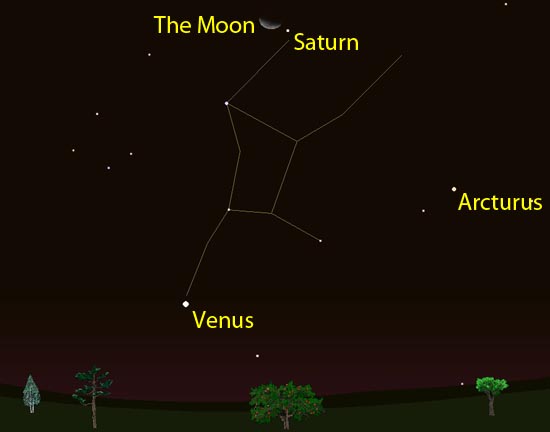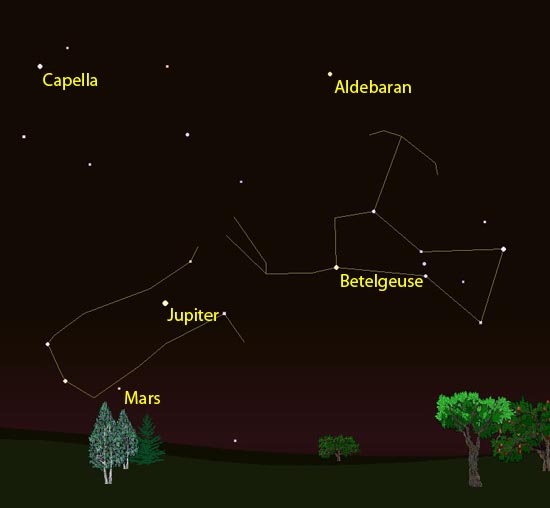The beautiful, ringed planet Saturn rules the night sky this month in the Name A Star Live constellation Virgo. You can use the Moon to find this astronomical jewel, and use just about any telescope to see its rings! August also presents the best meteor shower of the year, the Perseid meteor shower. Read about this year’s Perseids in a separate blog post.

Saturn is an excellent telescopic object this summer. For those of you in the northern hemisphere of Earth (e.g., North America, Europe, Japan) Saturn will appear above your west-southwest horizon after sunset. For those of you in the southern hemisphere (e.g., Australia, New Zealand, South America — where it is winter, by the way) Saturn will appear above your west-northwest horizon after sunset.

For you early birds … Jupiter and Mars can be seen toward the eastern horizon shortly before sunrise in August, among the stars of the winter constellation Gemini.

Finding your star in the night sky
Stars are located within constellations, which are just areas of the night sky. Scorpius, Aries and Taurus are examples of constellations. Your Name A Star Live Star Certificate displays the name of your constellation. You can use our online World Constellation Guide to determine if you can see your constellation during the evening hours (between sunset and midnight). Of course, you’ll need a telescope to see your star. But you can see your constellation without the use of a telescope. You can also find your constellation by using our Virtual Planetarium™ astronomy software. A planisphere is another useful device.